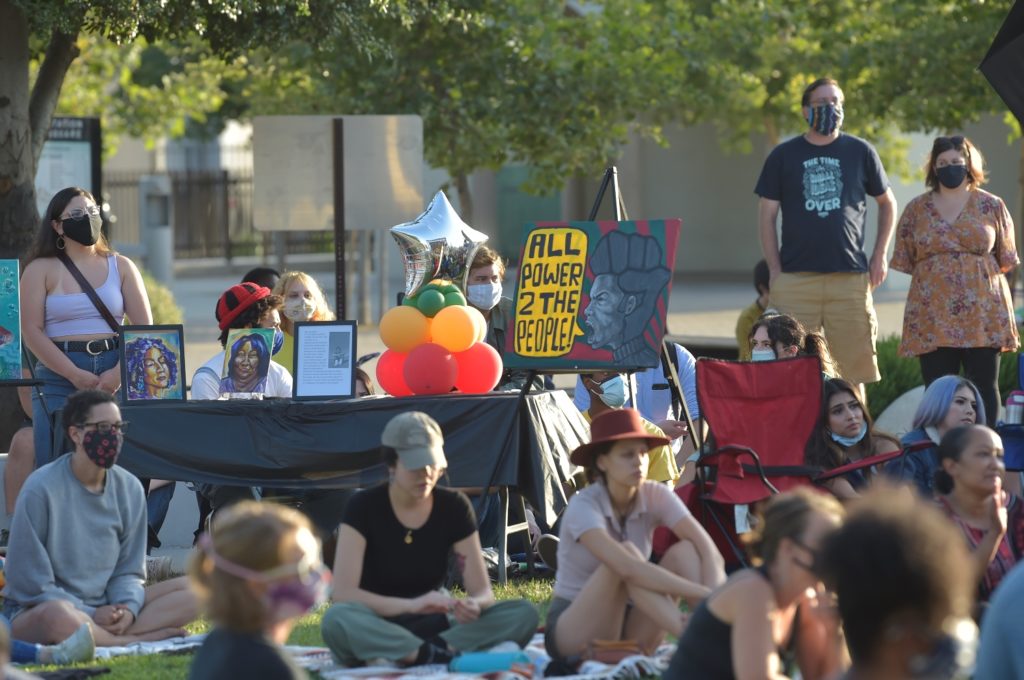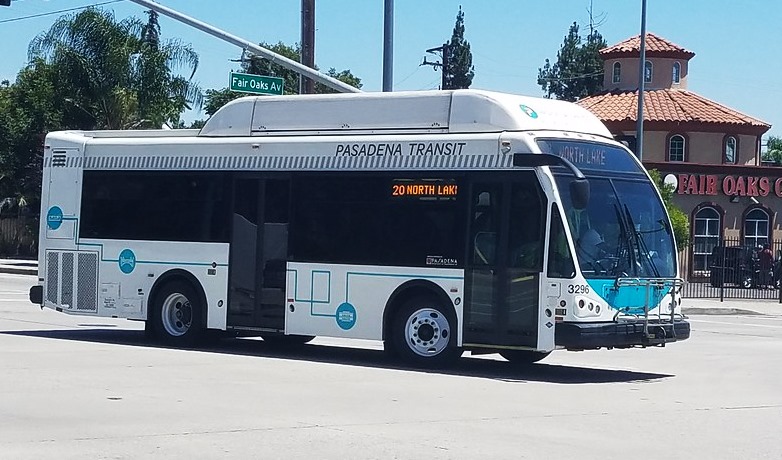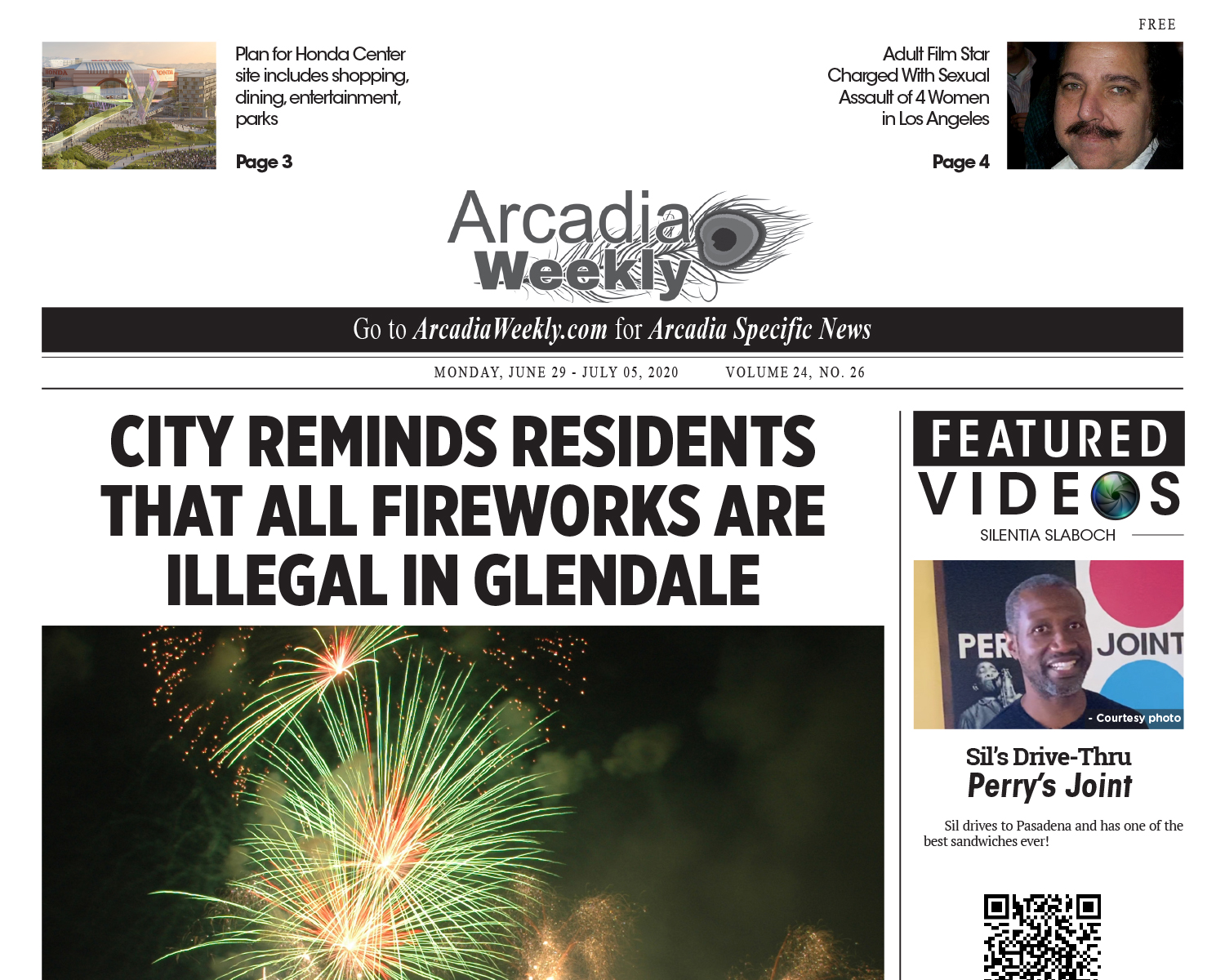
Governor Gavin Newsom this week released tools, technology, and data that will allow scientists, researchers, technologists, and all Californians to better understand the impact of COVID-19. This includes the California COVID Assessment Tool, or CalCAT, a “model of models” that contains assessments of the spread of COVID-19, short-term forecasts of disease trends, and scenarios of the course of the disease from modeling groups across the country. The state is also making the source code of CalCAT available to the public. Additionally, the Governor has directed that the state’s COVID-19 data be open and machine-readable by default, except to preserve privacy; that data be provided via dashboard, on California’s open data portal; and that the data be available by direct connection to a database.
The goal is to refine California’s and counties’ insights and knowledge, and to spur collaboration with other states and researchers.
To this end, the Governor’s Office is instructing all state agencies and departments to make COVID-19 data and information publicly accessible, provided it does not include information that will violate privacy.
“California is home to some of the world’s most accomplished researchers, technologists, scientists, acclaimed universities, and leading technology companies. Today, I am opening more California data for them to help inform our efforts in combating this disease,” said Newsom. “While these models and forecasts make different assumptions, all of them show that individual actions can dramatically change the trajectory of the virus. Our state’s ability to slow the spread of the virus and keep more people from getting sick depends on Californians acting responsibly and following public health guidelines. That means wearing a face covering, staying physically distant and staying at home if you are older or at risk.”
CalCAT includes:
- “Nowcasts,” the rate at which COVID-19 is estimated to be spreading currently.
- Short-term forecasts, which show what various models predict will happen over the next few weeks in California.
- Scenarios, which show what could happen over the next few months under different conditions.
To learn more about the California COVID Assessment Tool, visit calcat.covid19.ca.gov. To access the open-source code, go to github.com/StateOfCalifornia/CalCAT.
To learn more information about California’s efforts around COVID-19, go to covid19.ca.gov.






